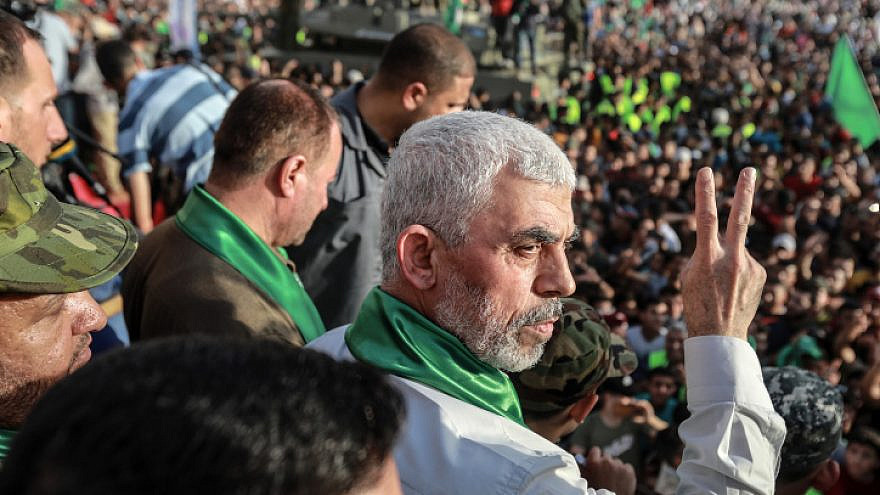The conflict between Hamas and Israel last month was provoked by the terror group to achieve a series of political goals, on the domestic front, in the regional theater, in the international domain and vis-à-vis Israel. Hamas was not attempting to achieve tactical military goals. It was a classic case of war as a continuation of politics by other means.
But what were these political objectives? Why did Hamas choose to use force? And to what extent was the terror organization successful in securing its goals?
The terror group welcomed Palestinian Authority leader Mahmoud Abbas’s announcement that Palestinian parliamentary elections would be held on May 22, 2021, for the first time since 2006. Hamas accepted all of Abbas’s conditions regarding the elections, knowing that the rift inside Fatah would guarantee a Hamas victory. However, when Abbas realized that a Hamas victory was inevitable, he postponed them indefinitely. He used as his excuse Israel’s refusal to allow voting in eastern Jerusalem, due to Hamas’s participation. Hamas was frustrated but at the same time identified the opportunity that this show of weakness by Abbas and Fatah presented, and moved to take advantage of it.
The crowds on the Temple Mount called on Muhammad Deif, the head of Hamas’s military wing, to take action to protect the mosque and the residents of Sheikh Jarrah. Deif responded with general threats and later, on May 10, issued an ultimatum that led to the launching of seven rockets toward Jerusalem (one fell inside the Gaza Strip).
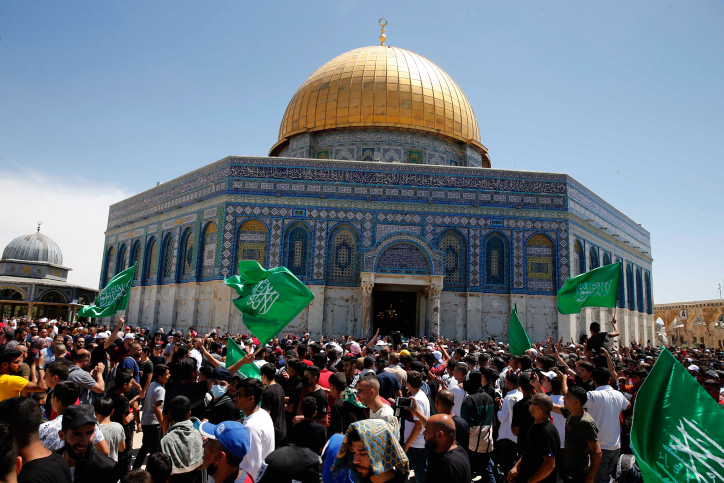
With these actions, Hamas presented itself as the leader of the Palestinians and the bona fide protector of Palestinian interests in Jerusalem. Hamas argued that it is the only Palestinian group with the capability and courage to act, and therefore it alone is entitled to lead the Palestinians in their national and religious battle over the holy city.
Another Hamas goal in this context was to demonstrate its reach and strength in the Palestinian communities not under its authority, such the Palestinian Authority, Arab states (especially Jordan and Lebanon), and finally, inside Israel itself.
Hamas is satisfied with the results it achieved on the Palestinian political stage. It has positioned itself as the most powerful force among the Palestinians and as the one most identified as the protector of Jerusalem. It has demonstrated its influence outside of Gaza and especially in Israel (through its affiliate, the Northern Branch of the Islamic Movement, that played a key role in inciting rioters in Israeli cities) and Palestinian communities in the West Bank.
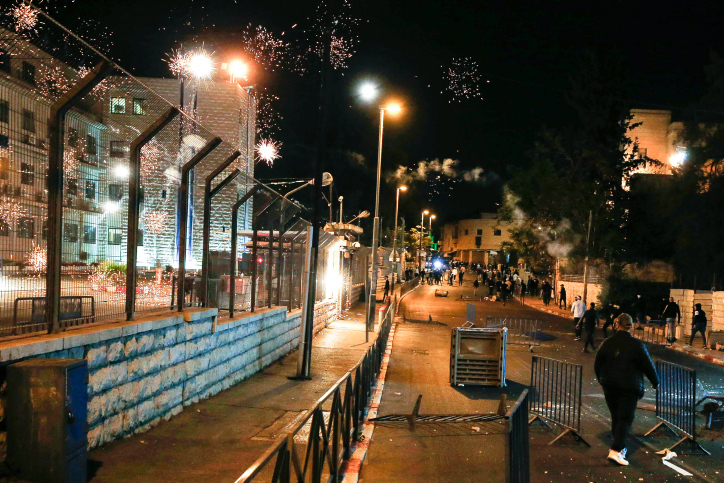
But there is also a downside. The United States and many West Europeans rushed to express their support for Abbas and insisted on giving the P.A. a role in the reconstruction of Gaza. It seems that Israel may join this effort. Moreover, Hamas’s show of force in the West Bank and the Arab states was limited.
On the regional level, Hamas achieved some strategic goals and proved its value to the two radical groups it belongs to—the Iranian-led camp and the Muslim Brotherhood camp led by Turkey and Qatar. These hostile groups sought to weaken their opponents in the pragmatic Arab camp, challenge their relations with Israel, and produce cracks in the Abraham Accords.
The first goal was partly achieved, as the members of both camps rallied behind Hamas. The Iranians, the Islamic Revolutionary Guard Corps and Hezbollah even formed a joint operations room to coordinate their support for Hamas. Moreover, it is clear that both camps will try to help Hamas’s recovery, and Iran has already embarked on an effort to mend fences between Hamas and the Assad regime in Syria.
The goal of weakening the Arab pragmatists and damaging the normalization with Israel was unsuccessful, with only some minor support from the Moroccan prime minister, who is an Islamist. The pragmatists did express the prerequisite solidarity with the Palestinian positions regarding Jerusalem but went no further.
What Hamas accomplished
Internationally, Hamas aspired to gain legitimacy through its willingness to participate in the Palestinian elections. The elections’ delay made achieving this goal more difficult. On the surface, choosing to launch a terror campaign should have been counterproductive. The U.S. administration sided with Israel and supported its right to self-defense, after initially showing some support for the Palestinian position regarding the events in Jerusalem, especially on the issue of Sheikh Jarrah.
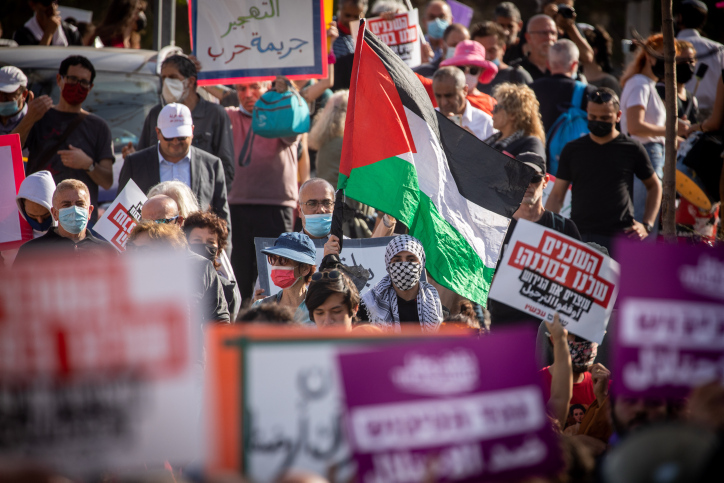
But Hamas managed to gain some support and to promote anti-Israel and anti-Semitic sentiment in the United States and elsewhere. This was thanks to its propaganda campaign, its alliance with left-leaning groups in the West, and the anti-Israel approach of leading media giants such as The New York Times, CNN and BBC, and TV anchors and celebrities such as John Oliver and Bella Hadid.
Hamas succeeded in getting the Palestinian issue back on the international agenda. Some international bodies, such as the United Nations Human Rights Council, adopted anti-Israel positions, as they always do. Even the European Union was about to adopt an anti-Israel position, and only the opposition of very few countries prevented that from happening. Representatives from various groups that rushed to assist the Palestinians met with Hamas officials in Gaza.
At the same time, as mentioned above, many in the international community are trying to strengthen Abbas and enable him to play a key role in overseeing the reconstruction efforts in Gaza.
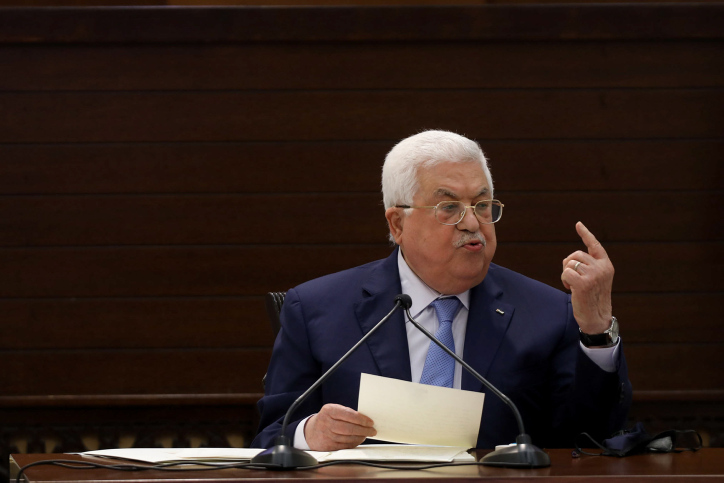
In the context of its direct confrontation with Israel, Hamas emerged from the conflict with some strategic achievements. First, it feels reassured that the “insurance policy” Israel issued with its disengagement from Gaza is still valid. Israel has no intention to recapture the Gaza Strip and topple Hamas. As long as this is the case, Hamas knows that any additional round of fighting will not end in its total defeat, thus enabling it to declare victory regardless of the operational results of the conflict.
Hamas also proved its ability to disrupt Israel’s sense of security by repeatedly launching large rocket salvos towards Israel’s major population centers and forcing Israelis to run to shelters.
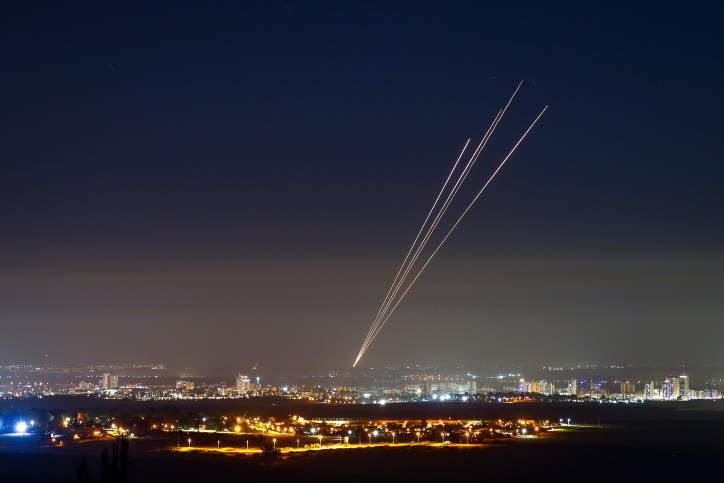
Most importantly, Hamas managed to become an active player in Israel’s security considerations regarding Jerusalem. The organization showed its ability to impact the relations between the Arab and the Jewish communities in Israel. It provoked a considerable part of Israel’s Arab society to support the use of violence in a jihadist/nationalist-themed uprising against Zionism and Israel.
Hamas’s achievements were possible to some extent thanks to its propaganda effort, which included the extensive use of symbols and psychological warfare in coordination with the Qatari Al Jazeera channel. It mobilized to spread its messages, together with an army of agents and volunteers in social media. As a result, the impression was that, as in previous rounds, Hamas was more effective than Israel on those fronts.
Preserving these achievements may be challenging for Hamas, and if it fails to do so, there will be a price to pay. Hamas stands to lose out in Gaza, as efforts to grant the P.A. greater involvement in reconstruction there could hamper its ability to rebuild its terror infrastructure. The achievements with respect to Jerusalem may also prove dangerous to Hamas. If Israel ignores its threats and exercises its sovereignty over the city, Hamas may find itself obliged to act even if the timing is not optimal from its point of view.
Even before these challenges appear, Hamas has to deal with some negative repercussions of the last conflict. First, whereas for Hamas the decision to use force was motivated by strategic and political considerations, Israel acted mainly to achieve a strategic military goal—to restore its deterrence vis-à-vis Hamas by causing severe damage to the terror group’s military capabilities, and making it difficult for Hamas to rebuild its terror capabilities. Hamas anticipated a harsh Israeli reaction but was surprised and overwhelmed by the magnitude of the Israeli response, expressing readiness for a ceasefire right from the second day.

Israel, for its part, proved it had learned the lessons of its conflicts with Hamas since “Operation Protective Edge in 2014.” Offensively, it managed to demonstrate intelligence dominance by obtaining precise information about Hamas’s vital interests: locations of key leaders, weapons production facilities and other secret assets such as the vast subterranean facilities in Gaza (the “Metro” and offensive tunnels).
Defensively, the Iron Dome missile defense system managed to keep the number of Israeli casualties relatively low. Almost all of Hamas’s other offensive capabilities, both new and old (with the exception of a couple of Kornet anti-tank missiles) were successfully blocked by Israel. Hamas’s new weaponry and methods included unmanned aerial vehicles, underwater guided explosive weapons, anti-tank and shoulder-fired anti-air missiles (MANPADS) and incursions into Israel through the tunnels. Hamas did manage to maintain repeated heavy rocket barrages against Israel even though a considerable number of its multi-rocket launchers were hit. All of Hamas’s other assets were severely damaged or destroyed.
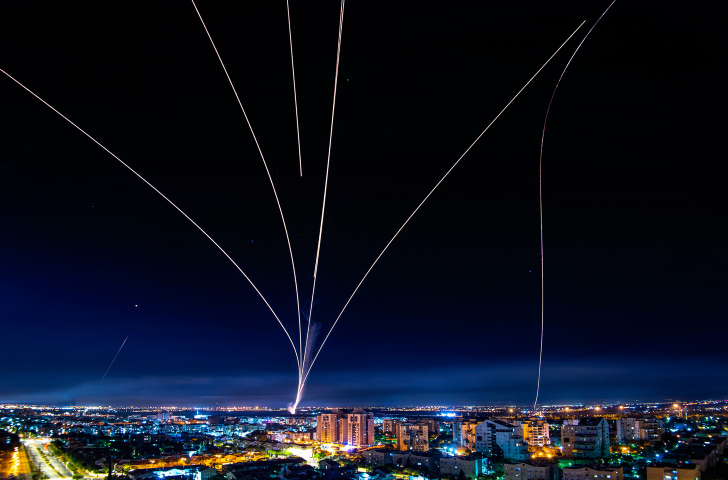
Israel attacked 1,500 targets in Gaza, with relatively little collateral damage. This damage was inevitable as Hamas built its infrastructure inside civilian neighborhoods or constructed tunnels under civilians and public facilities—using Gaza’s residents as human shields. Yahya Sinwar, the leader of Hamas in the Gaza Strip, admitted that Hamas located its centers inside civilian facilities and vowed to move them.
It can be assumed that this unusual confession reflected criticism from the Gazan public over Hamas’s behavior. The public identifies with the Hamas commitment to fight against Zionism but is concerned over the infrastructure damage and the fact that ending the conflict without an agreed arrangement means their daily life concerns will not be addressed by the parties quickly. This worries Hamas, who would like to promote an arrangement that will ease the burden on the population and will not erode its rule over Gaza and its strategic achievements in the conflict. At the same time, Hamas seeks a prisoner-exchange deal with Israel that would strengthen its popularity in Gaza and beyond.
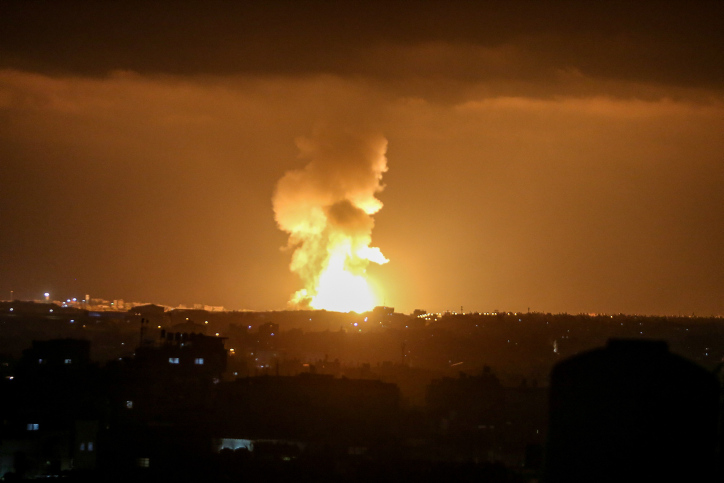
So far, Hamas has achieved its strategic-political goals in the last conflict but paid a heavy price—far heavier than it expected—in terms of the damage to its military and terror capabilities.
In the near and medium future, Hamas will contend with considerable challenges trying to maintain its achievements and rebuild its terror capabilities. We will witness a new episode in the learning competition between Israel and Hamas, and it is clear that Hamas, with the aid of Iran and Hezbollah, will intensively study the last confrontation and try to improve its capabilities. Israel will do the same in the military domain while trying to erode Hamas’ strategic achievements.
IDF Brig. Gen. (res.) Yossi Kuperwasser is director of the Project on Regional Middle East Developments at the Jerusalem Center for Public Affairs. He formerly served as director general of the Israeli Ministry of Strategic Affairs and head of the research division of IDF Military Intelligence.
This article was first published by the Jerusalem Center for Public Affairs.


























